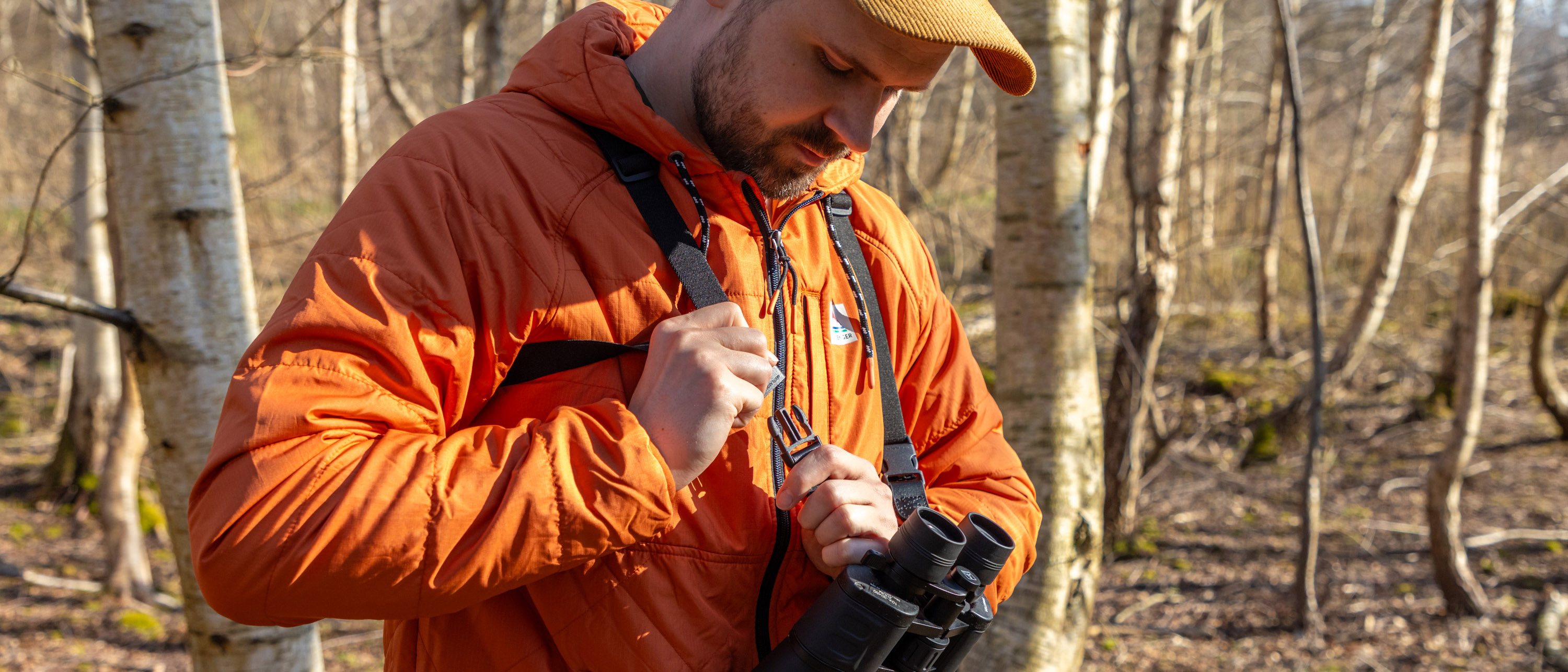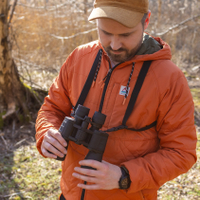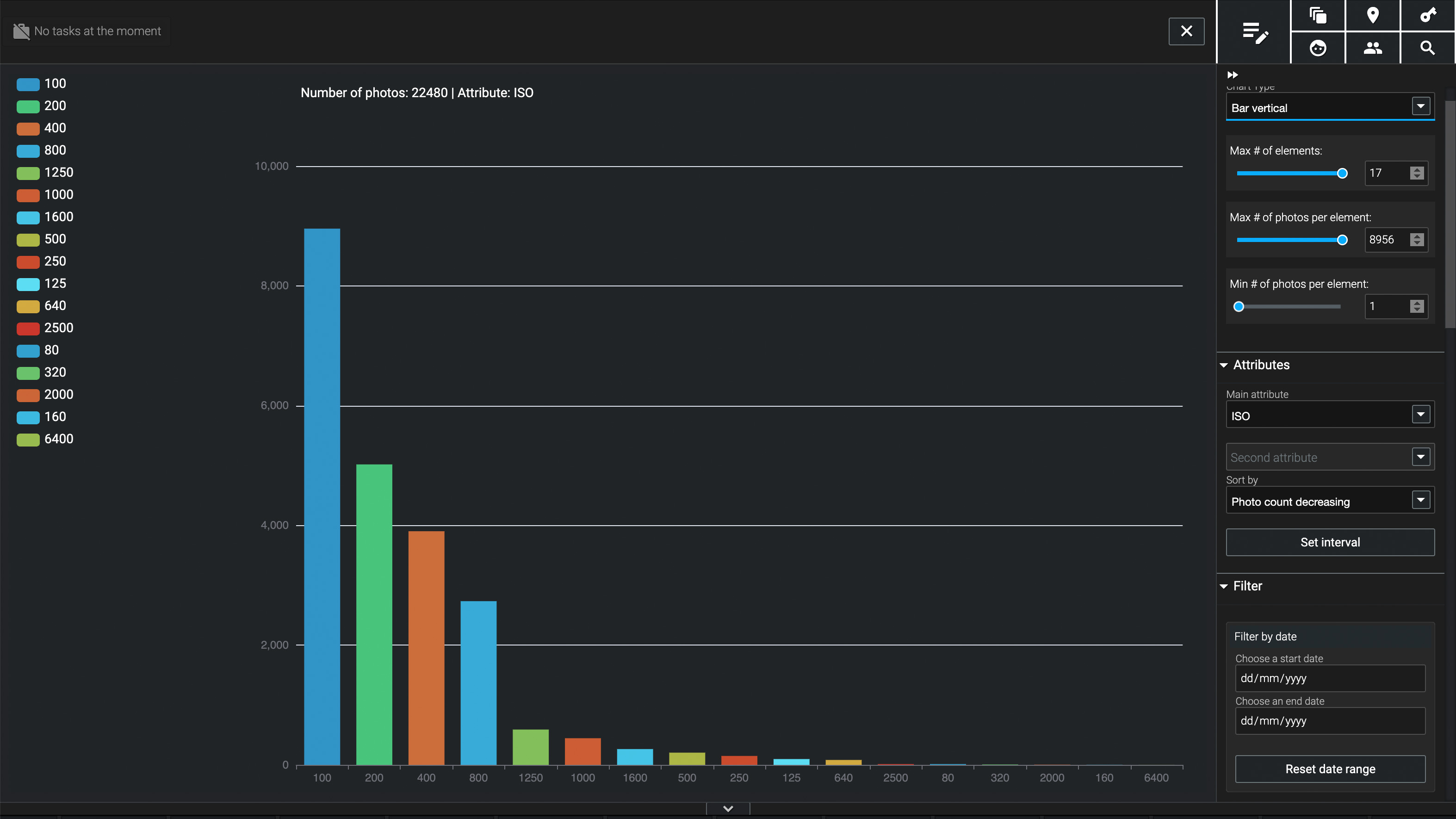Digital Camera World Verdict
In a nutshell the Zeiss Comfort Carry harness is expensive, twice the price of its competition from OpTech, but it’s a better product, higher quality and more comfortable so it might very well be worth your time if your pockets are deep enough and you plan to wear a pair of binoculars or a lightweight camera setup for long periods.
Pros
- +
Great build quality
- +
Handy quick-release mechanism
- +
Lightweight but secure
Cons
- -
Best for smaller cameras
- -
A bit on the expensive side
Why you can trust Digital Camera World
Carl Zeiss started his photographic company back in 1846 which has since gone on to become a giant in the imaging world producing some of the best lenses money can buy.
I got hold of the Zeiss Comfort Carry Harness for this review, and whilst perhaps not as exciting as a razor sharp optic from the same manufacturer, I was looking forward to expecting the same high quality we’ve come to expect from the now household name.
With over 175 years of experience to draw from, Zeiss is a well known and trusted name amongst birders, with the company creating some of the best spotting scopes and binoculars on the market. The Zeiss Comfort Carry Harness is designed to be a comfortable and lightweight harness for carrying your binoculars spreading the weight across your shoulders to avoid neck pain whilst also minimizing movement to make it less likely to scare a skittish subject when bringing your binos up to eye-level.
As somewhat of a wildlife enthusiast myself I strapped in and headed out to put them to the test and find out if you should buy one.
Zeiss Comfort Carry Harness: Specifications
Colors | Black/Brown |
Material | Plastic, elastic, faux leather |
Max length | 70cm |
Weight | 115g |
Zeiss Comfort Carry Harness: Price
The Zeiss Comfort Carry harness is quite expensive costing $72 in the US and £45 in the UK at the time of writing, its closest competition is the OpTech Bino-Cam harness which retails for $17.99 for the nylon version or $28.49 for the elasticated model which is more similar to the Zeiss sample on test here, in the UK the OpTech Bino-Cam retails for £18 or £22 depending on whether you want the nylon or elastic version.
The quality is definitely a step up from the much cheaper OpTech model and in my testing I found it to be much more comfortable thanks to its larger backplate which is also breathable, so it might be worth the extra money if you plan to use yours with heavier setups or for extended periods.
Zeiss Comfort Carry Harness: Design & Handling
The Zeiss Comfort Carry Harness is predominantly made for binoculars, though we think with some basic modification it’s also a good fit for using very small cameras too.
The harness is designed with an arm loop on each side, these are made from a stretchy elastic material which helps with comfort as the weight of your binoculars or camera are somewhat cushioned while suspended. These are connected to a central backplate at four points with some plastic hardware.
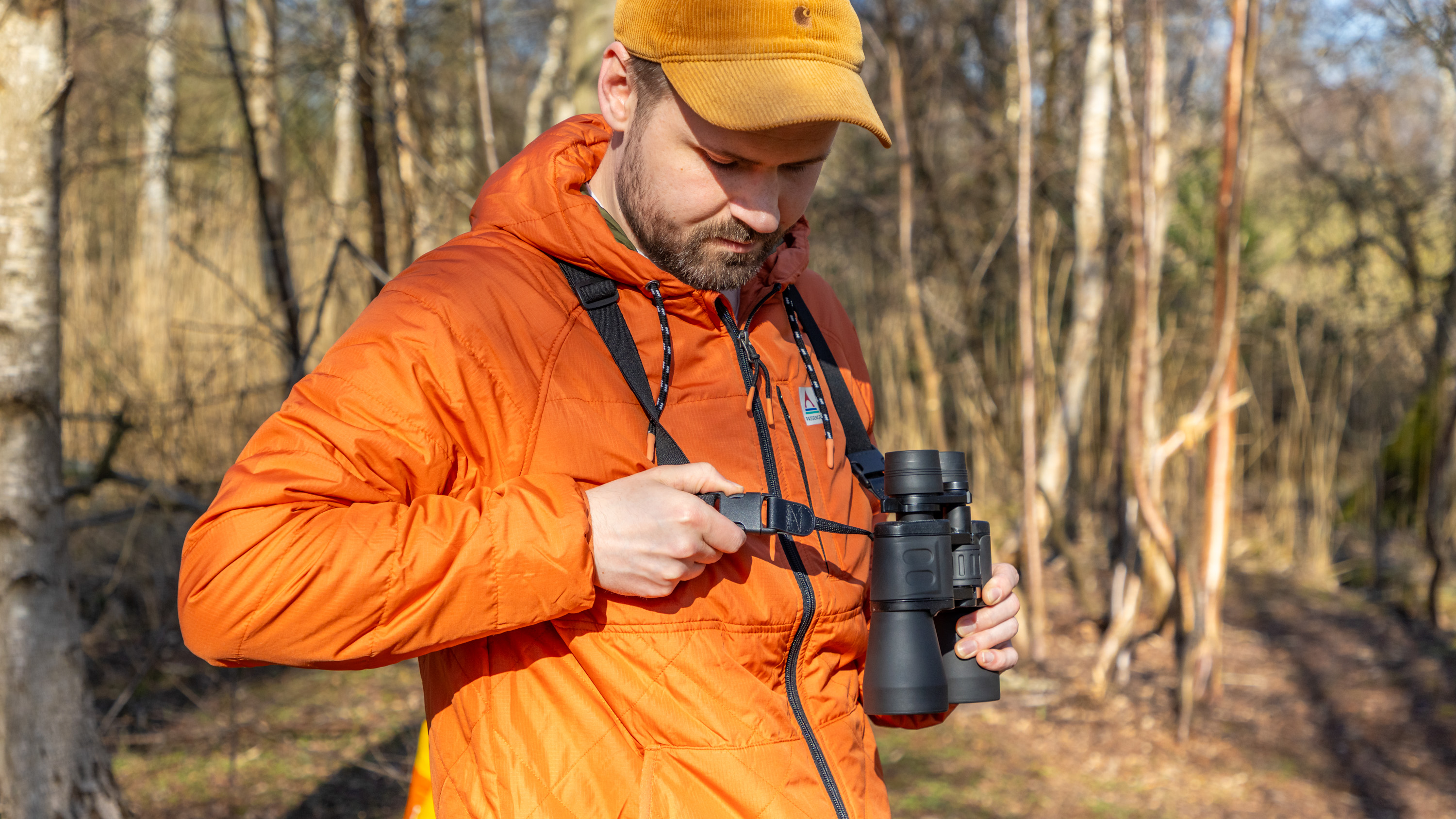
The backplate is quite small and only measures roughly 10x11cm the padding is also very thin, but this doesn’t make it uncomfortable when paired with a small pair of binoculars. If you’re also wearing the harness over a jacket, fleece or coat then you’ll have some extra padding already. But the Zeiss Comfort Carry is very light as a result. The backplate is however ventilated with small holes to add to its breathability.
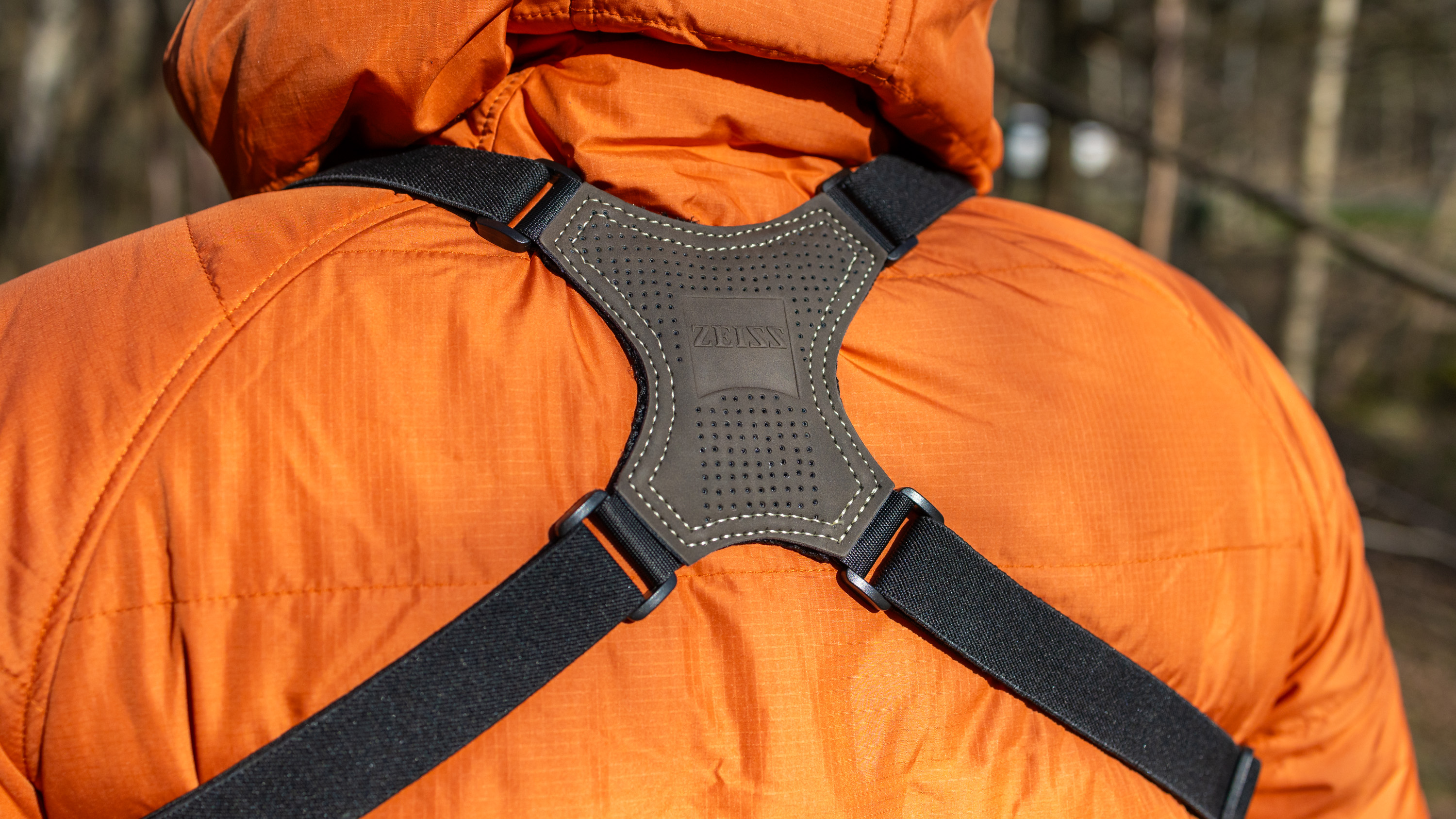
Adding to its lightweight design is the use of plastic hardware rather than metal. The Comfort Carry Harness uses plastic quick release buckles which slide up and down each strap loop so you can bring your binoculars up to eye level with ease. The box comes with a spare set of these quick release buckles so you can put them on two of your most used binoculars / compact cameras, or used as a backup should one pair become lost or misplaced.
Zeiss Comfort Carry Harness: Performance
As the name implies, the Zeiss Comfort Carry harness is very comfortable and whilst on long nature walks with a pair of binoculars or a lightweight camera setup attached I barely realised it was there.
Stretchy elastic shoulder straps help add a little cushioning suspension for whatever you tether to it and by attaching to both the left and right strap lugs of your bins or camera it gives you two points of security – should one fail. Though I never felt like that would be the case during testing. Despite having all plastic hardware it all feels pretty rock solid. Metal components probably would help with the longevity of its lifespan, but the plastic parts used help keep weight down, they’re also not shiny and don’t clatter around as metal does, both of which could be an issue when trying to be stealthy around wildlife.
The back plate is roughly 2.5x larger than the one found on the OpTech Bino-Cam harness, it’s also more supple, breathable and has four points of contact to the shoulder straps rather than the OpTech’s three, so it spreads the load much more evenly. The result is a much more comfortable experience.
I didn’t experience any neck strain and it also helped minimize movement so my binoculars didn’t swing around.
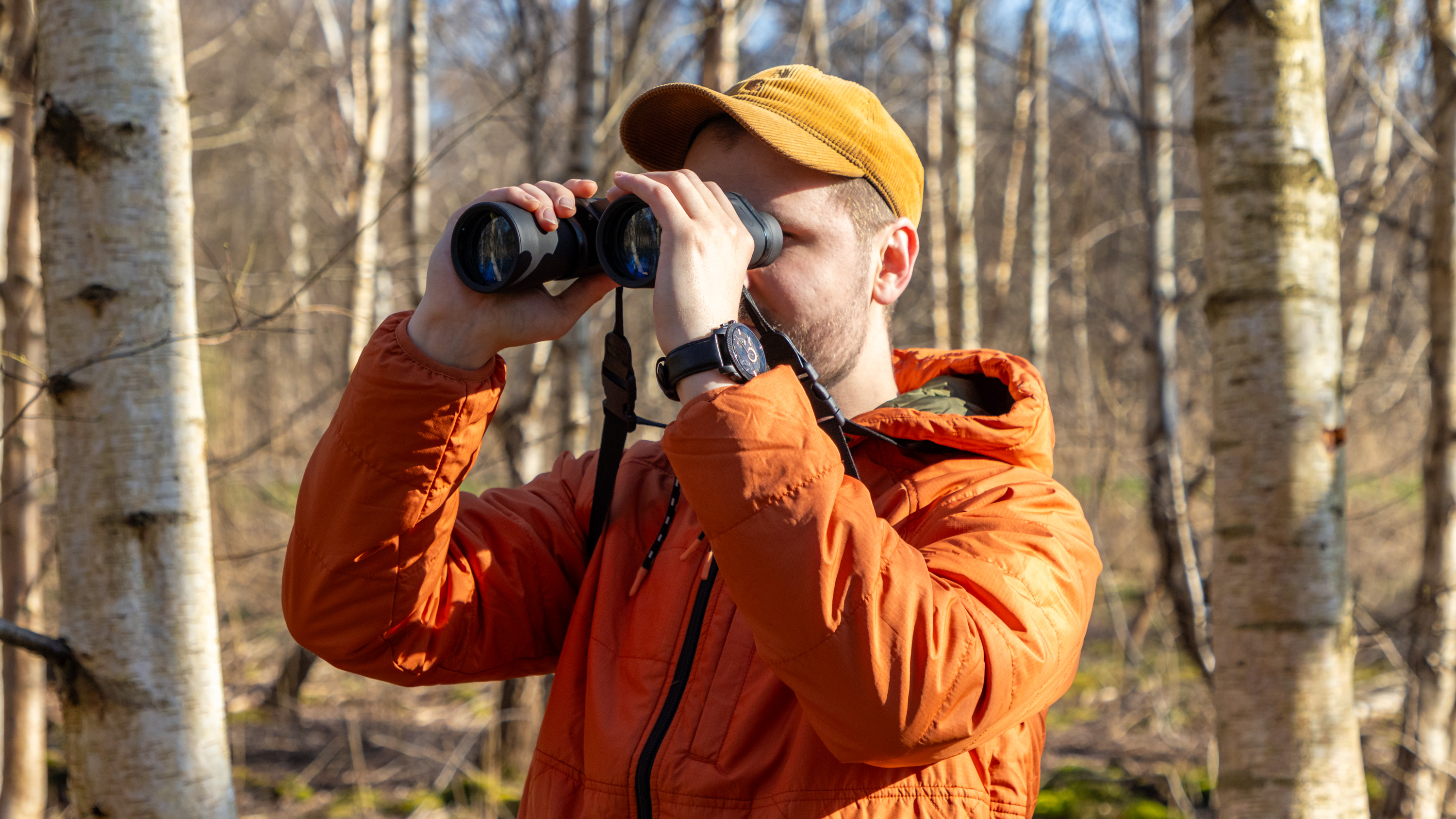
It can be used with a camera, though many models may require a keychain ring to be attached as the quick release tabs could be too chunky for them to pass through, luckily on my Canon EOS R5 and R6 Mark II these lugs are quite forgiving so they fit without any modification. The Zeiss Comfort Carry Harness isn’t designed to be used with cameras, therefore it’s best paired with lighter setups.
My Canon EOS R6 Mark II and RF 35mm f/1.8 IS Macro STM was the lightest setup I had to hand, tipping the scales at just shy of a kilogram at 983g, and even still it was very comfortable with no neck pain at all and the weight distributed perfectly over the shoulder blades. I did find the weight and balance of the camera tended to tilt the lens upwards rather than hanging down, this wasn’t necessarily a problem, though it did mean the LCD screen was rubbing up against my stomach and you’d need to be careful when wearing any clothing with a front zip to avoid it scratching. It was also a little awkward to bring the camera up above head height to get some of the shots I needed, though the stretchy elastic just about allowed me enough play to get the shot. Speaking of the elasticity, this made wearing the strap and camera very comfy as it acts like a sort of suspension system for your camera or binoculars when you're on the move.
Zeiss Comfort Carry Harness: Verdict
My conclusion for the Zeiss Comfort Carry Harness is rather easy. If you use binoculars or a small camera setup frequently and you’re looking for a more comfortable way to carry them on long trails and nature walks and you can stump up the $70 asking price then the Zeiss Comfort Carry Harness is a no brainer. It’s biggest drawback is that it’s quite expensive, but it’s a well-made and comfortable strap that makes it a joy to get out in to nature and use your binoculars or camera.
Features | The Zeiss Comfort Carry offers elasticated straps, padded breathable plate, reduces neck strain, supports binoculars or lightweight camera comfortably. | ★★★★★ |
Design | The Zeiss Comfort Carry Harness has a basic yet effective design, superior quality, larger breathable back plate, improved weight distribution. | ★★★★★ |
Performance | The Zeiss harness is comfortable for extended use, ideal for binoculars, and effective with lightweight camera setups, reducing neck strain. | ★★★★★ |
Value | The Zeiss Comfort Carry harness is pricier but offers superior comfort and quality over OpTech’s Bino-Cam, justifying the investment. | ★★★★☆ |
OpTech BINO-CAM harness
The OpTech Bino-Cam is a cheap, no-frills harness and whilst it can’t compete with the comfort of the Zeiss Comfort Carry, which is twice the price, it absolutely gets the job done and will be suitable for those on tighter budgets or looking for a gift for that birdwatcher in their life.
Black Rapid Sport Breathe
BlackRapid’s Sport Breathe offers top build quality, comfort, features, and security. It’s clearly BlackRapid’s most popular strap for good reason – the Sport Breathe strikes the perfect balance between price and performance and its price point of under $100 will be the sweet spot for many photographers looking to buy a quality strap.

Deputy Editor on PhotoPlus: The Canon Magazine, Dan also brings his technical wizardry and editing skills to Digital Camera World. He has been writing about all aspects of photography for over 10 years, having previously served as technical writer and technical editor for Practical Photography magazine, as well as Photoshop editor on Digital Photo.
Dan is an Adobe-certified Photoshop guru, making him officially a beast at post-processing – so he’s the perfect person to share tips and tricks both in-camera and in post. Able to shoot all genres, Dan provides news, techniques and tutorials on everything from portraits and landscapes to macro and wildlife, helping photographers get the most out of their cameras, lenses, filters, lighting, tripods, and, of course, editing software.
You must confirm your public display name before commenting
Please logout and then login again, you will then be prompted to enter your display name.
